
1/11 Now that highly pathogenic avian influenza H5N8 has arrived in Europe again, some questions arise. What do 'H5N8' and 'highly pathogenic' mean? And where does the virus come from?
On request, a thread (for non-Dutch readers).
#HPAI #H5N1 #H5N8 #AvianInfluenza #birdflu
On request, a thread (for non-Dutch readers).
#HPAI #H5N1 #H5N8 #AvianInfluenza #birdflu
2/11 H5N8 refers to two proteins, haemagglutinin (H) & neuraminidase (N), on the surface of the virus. In birds there are 16 H subtypes, H1 to H16, and 9 N subtypes, N1 to N9. Avian influenza viruses sometimes exchange H & N with each other; for example, H5N1 can change to H5N8. 
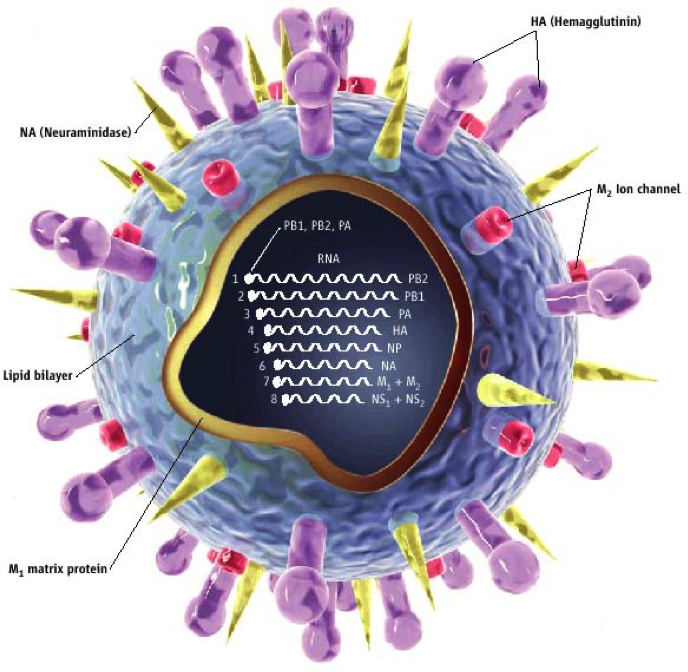
3/11 Pathogenic means disease-inducing. Avian influenza viruses are divided into two categories: low-pathogenic (inducing no or little disease in chickens) and highly pathogenic (inducing marked disease or mortality in chickens). 

4/11 Highly pathogenic avian influenza viruses arise from low-pathogenic ones due to a mutation in their genetic material. This mutation occurs almost exclusively during infections of intensively kept poultry. They are the main source of highly pathogenic avian influenza viruses. 

5/11 The group of highly pathogenic avian influenza viruses to which the current H5N8 belongs was first detected in a domesticated goose in China in 1996; that virus isolate was called A/Goose/Guangdong/1996 (H5N1).
6/11 In the first years after its emergence, this virus spread slowly in Asia through poultry trade. This is the traditional way by which virus spread takes place, and against which traditional hygiene measures are mainly directed on poultry farms. 
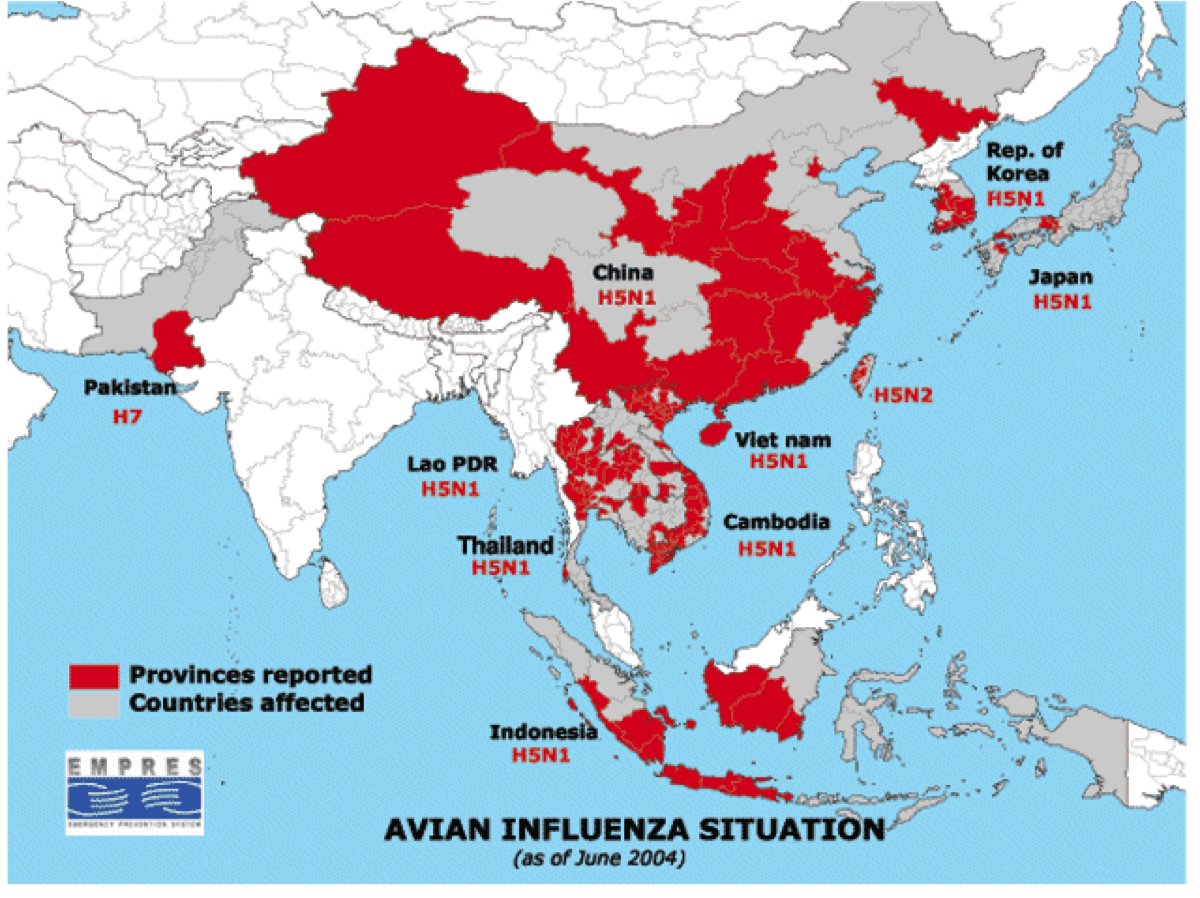
7/11 From 2005 onwards, something unusual happened: highly pathogenic avian influenza virus (then H5N1, later H5N8 & H5N6) spread far & wide by migrating wild birds that had been infected by poultry in Asia. Normally, wild birds only have low-pathogenic avian influenza viruses. 

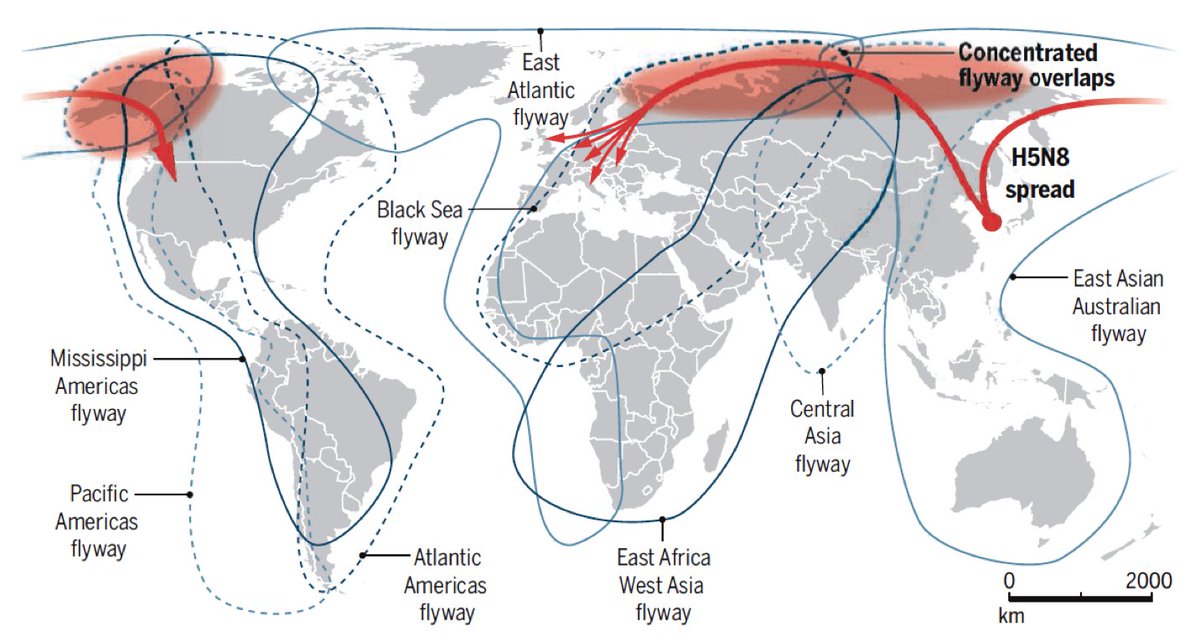
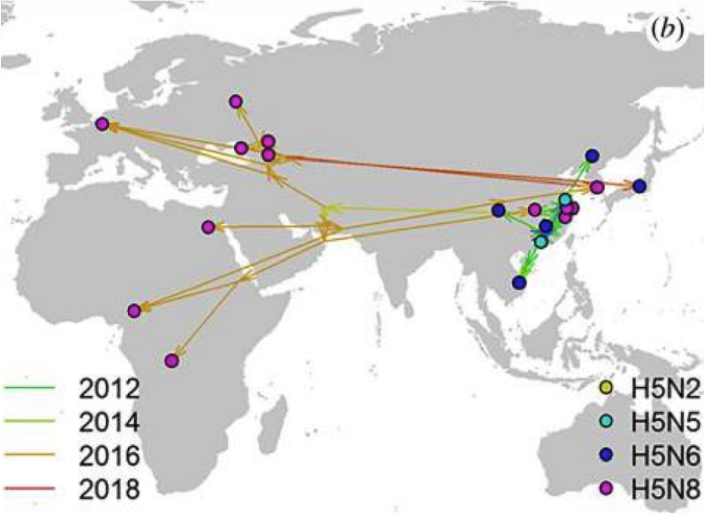
8/11 These highly pathogenic viruses can cause high mortality in wild birds. Reported mortality of wild birds during the 16/17 outbreak in the Netherlands was > 13 000, but may actually have been 4-10X higher. Report dead wild birds in the Netherlands via: sovon.nl/nl/actueel/nie… 
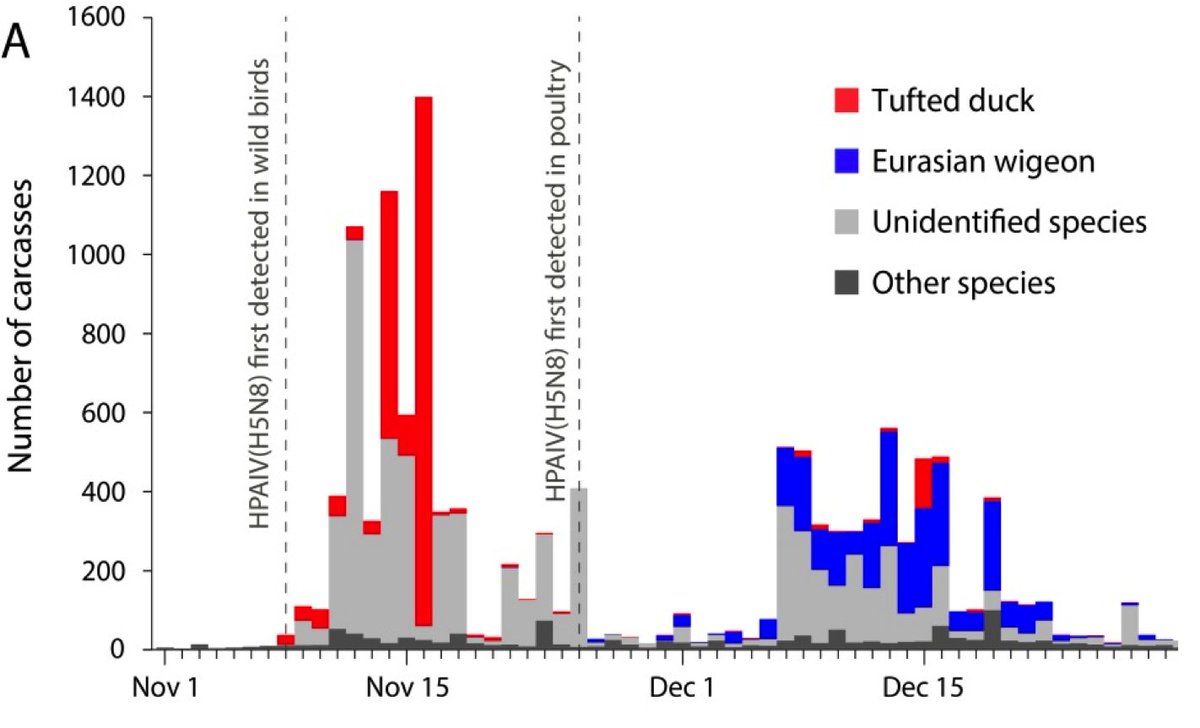
9/11 These highly pathogenic viruses also can cause high mortality in poultry. In addition, export of poultry (products) is discontinued. To avoid spread from wild birds to poultry, there is mandatory housing of poultry. Current rules in the Netherlands: rijksoverheid.nl/onderwerpen/di…
10/11 Some strains of highly pathogenic avian influenza virus can cause disease in humans and other mammals (such as cats), although this has not happened in Europe in recent years. Do not touch sick/dead birds without appropriate hygiene measures!
11/11 References (doi):
2: 10.1126/science.313.5787.601a.
3: 10.1038/nrmicro1208
4: 10.3389/fvets.2018.00084
5: 10.1111/j.1863-2378.2012.01497.x
7: 10.1098/rstb.2018.0257 and
10.1126/science.aaf8852
8: 10.3201/eid2312.171086
10: 10.2903/j.efsa.2020.6194
2: 10.1126/science.313.5787.601a.
3: 10.1038/nrmicro1208
4: 10.3389/fvets.2018.00084
5: 10.1111/j.1863-2378.2012.01497.x
7: 10.1098/rstb.2018.0257 and
10.1126/science.aaf8852
8: 10.3201/eid2312.171086
10: 10.2903/j.efsa.2020.6194
• • •
Missing some Tweet in this thread? You can try to
force a refresh




